Polychromed design of birds, foliages and branches in cartouches, the ginger jar on a yellow and green background.
French Louis XVI Style ormolu-mounts such as laurel crown, raies-de-coeur.
Together with its original used shade, surmounted on its top by an ormolu pinecone.
Louis XVI Style
Circa 1880
The "Manufacture de Porcelaines, faïences et terres-cuites" des Samson (four general) is the best example in the field of fire arts of the interest shown in the 19th century and in the first half of the 20th century to styles from the past. the 18th century as the Middle Ages or the Renaissance, and for all exoticism, Spain as Saxony or China. With a very rich, varied production and excellent quality, the Samsons were geniuses of imitation and the best reproducers of ancient pieces in terms of ceramic art.
Edmé Samson (1810-1891), a ceramic decorator established in 1845 at 7 rue Vendôme in Paris, bought his white porcelain from various Parisian manufacturers. His son Emile (1837-1913) who succeeded him, began to make reproductions of old porcelain.
Present at the Exhibition of Fine Arts applied to Industry in 1863, Emile Samson was particularly noted for his porcelain imitations of «Old Japan». He installed a factory in 1864 in Montreuil-sous-Bois, near Paris and was very successful at the Universal Exhibition of Paris in 1867 with his imitations of Saxony, China and Japan, all of very good quality.
At the 1889 World Exhibition, Samson & Cie was renowned for being specialized in large pieces of both faience and porcelain, whose models were found in the largest French and foreign museums, such as the Louvre or the Victoria & Albert Museum in London. Emile joined in 1891 with his son Léon (1868-1928), under the name of Samson & Fils, which gave a large extension to the manufacture, employing a large number of workers and decorators. In addition to the manufacture and decoration of these porcelain, the Samson manufacture also had a bronze workshop for their superb frames.







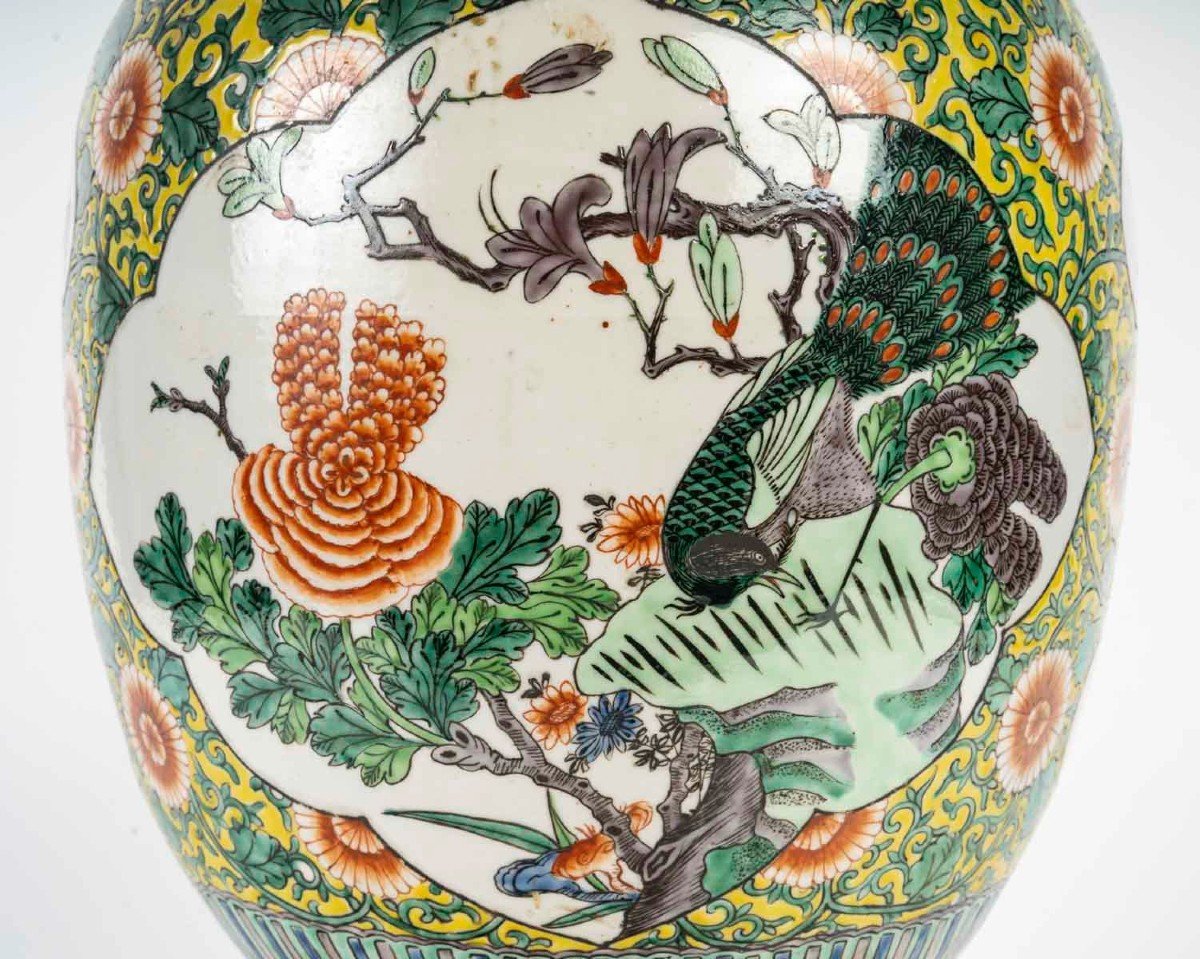























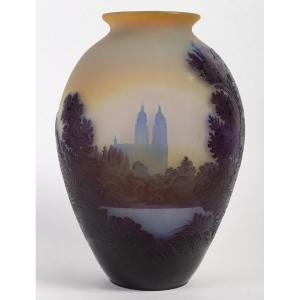





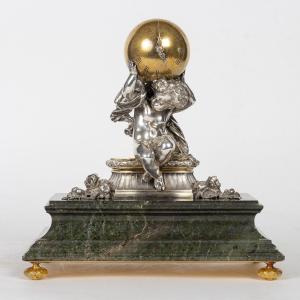

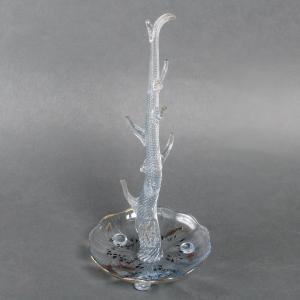
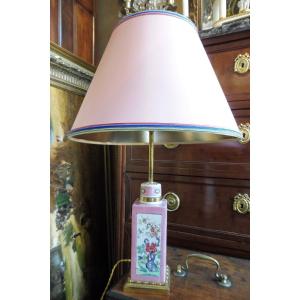

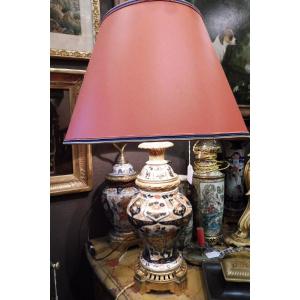





 Le Magazine de PROANTIC
Le Magazine de PROANTIC TRÉSORS Magazine
TRÉSORS Magazine Rivista Artiquariato
Rivista Artiquariato